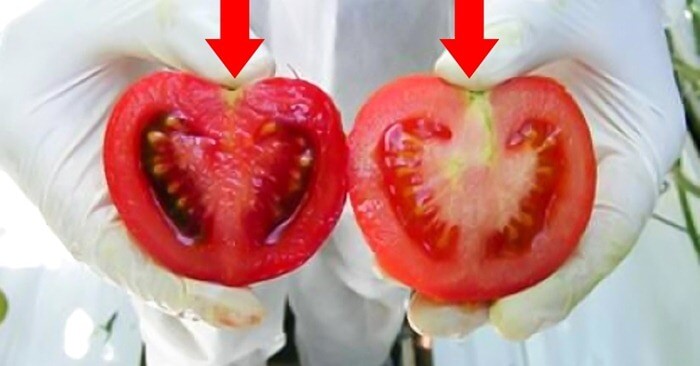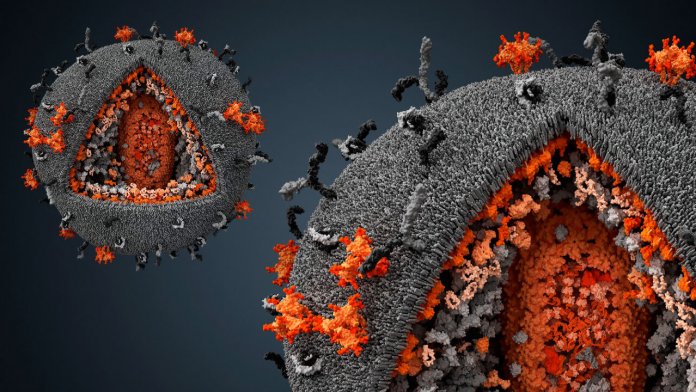If a person who has recently had the flu is asked if the virus can be useful for his body, at best he will twist his finger at his temple. And it will be right in its own way. Viruses, these tiny microorganisms that reproduce only if they are in a living organism, are usually associated with disease. Even the word "virus" means "poison" in Latin.
But even Paracelsus said that the dose of poison differs from medicine. Introducing you top 10 viruses that can be useful for people.
10. Bacteriophages are bacteria hunters
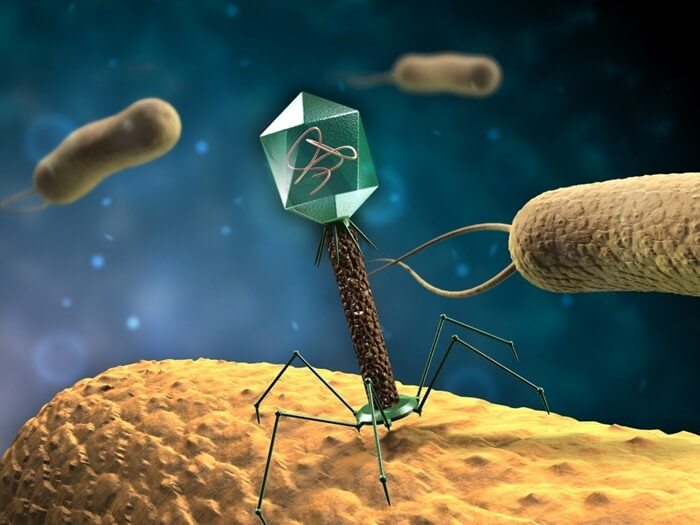
An invisible battle is going on in our body. If you made a film based on his motives, real horror... Imagine an organism that infects and devours another organism. Only bacteriophages living in the mucous membranes of the human body act as a monster, and harmful bacteria act as a victim. A 2013 study found that when a bacteriophage was placed in the same culture as E. coli (E. coli), it was able to kill it.
But the cells of the human body do not infect bacteriophages, and are successfully used in the treatment of bacterial infections. Isn't this one of the most useful viruses in the world?
9. GB virus C against HIV
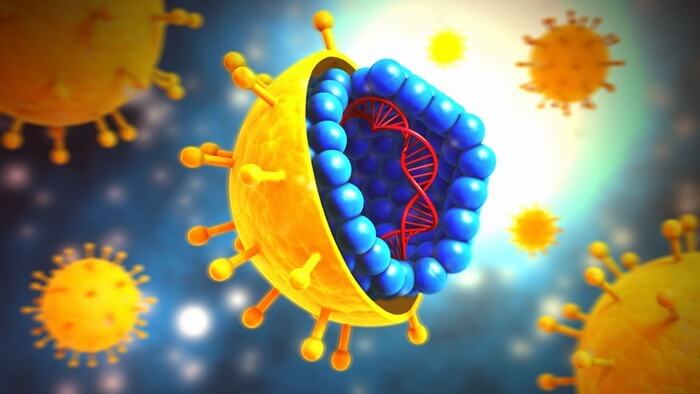
Another interesting virus that is currently being studied by scientists is known as GB virus-C (GBV-C, aka hepatitis G). More than a billion people living today are already infected with it, without even knowing it.
Several experiments show that when a person with HIV also becomes infected with GBV-C, the progression of HIV can slow down. Some experts also believe that GBV-C may help a person survive an Ebola haemorrhagic fever infection, although there is little evidence to date.
8. Viruses guarding embryos
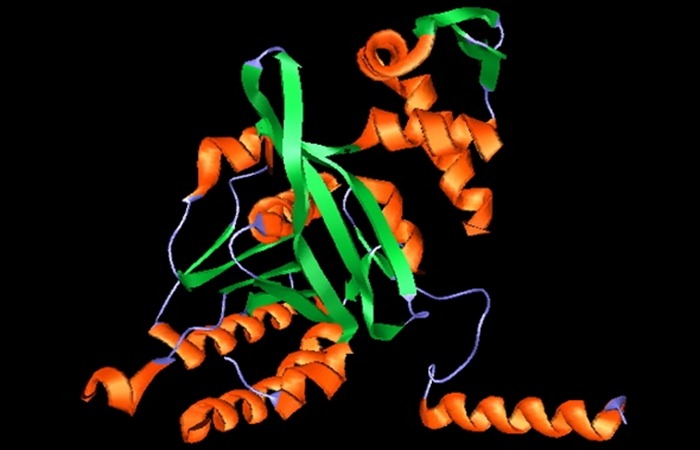
When examining the cells of a three-day-old embryo, scientists discovered many viral proteins. Some of them have already begun to combine into a kind of ready-made virus particles. In doing so, they affected other genes in the embryo.
- Thus, the viral Rec protein increased the level of the IFITM1 protein, which prevents viral infection from entering the cell. That is, some viruses can protect the cells of the embryo from their "brothers".
- In addition, the Rec protein regulated the number of ribosomes in several cellular RNAs. So far, scientists have not figured out how this might affect the embryo.
- The results of experiments with germ cells were published in the journal Nature in 2015.
7. I teach, thanks to the virus
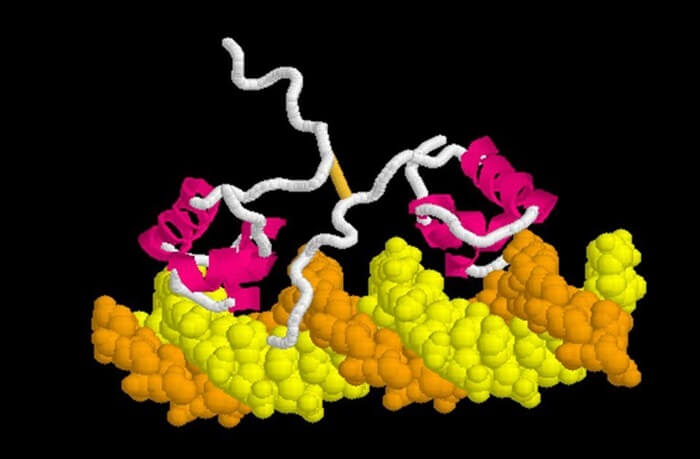
At the beginning of life there is a "window of time" when the brain is like a sponge and easily absorbs new knowledge and skills. Without a squirrel called Arc, this window will never open.
Arc looks and acts like a viral protein, according to a study by scientists at the University of Utah. It is capable of transferring genetic material from neuron to neuron. This is how viruses act to infect host cells.
The researchers injected Arc into bacterial cells. And when the cells produced this protein, it assembled into a shape resembling a capsid.This is the name of the envelope containing the genetic information of the virus.
There is an assumption that a long time ago, Arc got into the human genome along with some kind of virus. The virus, having integrated into the genome, “fell asleep”, and the cells began to use viral proteins for their own purposes.
The prospect that virus-like proteins could form the basis for a new form of communication between cells in the brain could change our understanding of how memories are created.
6. Stomatitis for the treatment of oncology
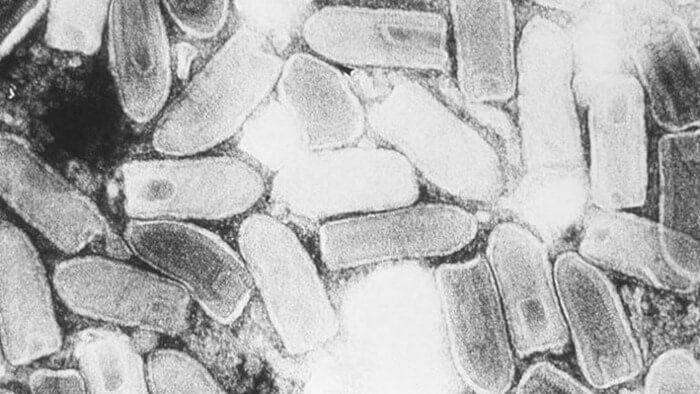
Stomatitis is not limited to humans. There is vesicular stomatitis virus (VSV), which is common in horses. However, it can be transmitted to other animals and even people. The maximum that it can cause in humans is flu-like symptoms and blisters in the mouth.
But scientists were able to use this unpleasant virus for the benefit of man. Genetically modified VSV is used in innovative therapy for liver cancer. The method was developed by researchers at the University of Miami and the Ottawa Clinical Hospital Research Institute. Its essence lies in the fact that some modified viruses, including VSV, can multiply only in cancer cells that have lost their antiviral protection. An innovative therapy is currently being tested in people with liver cancer.
5. Good and bad norovirus
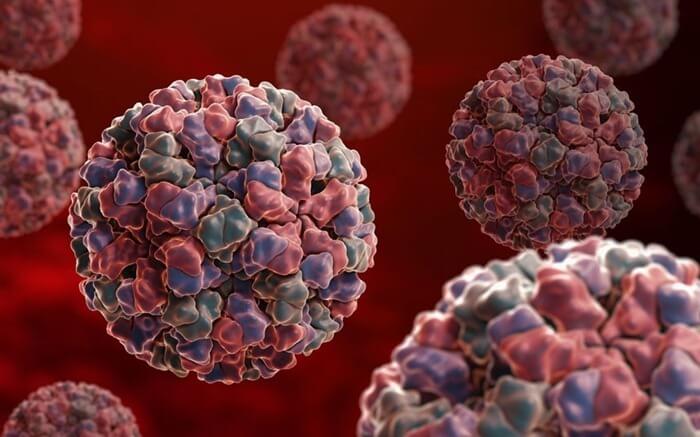
Noroviruses are pathogens that cause vomiting, diarrhea, and flu-like symptoms. Not only people suffer from them, but also laboratory mice, the virus easily destroys entire colonies of poor rodents.
However, some strains of norovirus have proven beneficial in mice that have grown in a sterile environment. In the body of such experimental subjects there were not enough T and B cells, which harmed their intestines and immunity. And when the mouse noravirus was added, the intestinal tissue was restored in the "sterile" animals and the immune defense increased.
Perhaps in the future, people will also be given certain strains of norovirus to treat gastrointestinal diseases.
4. Thanks to the retrovirus for live birth
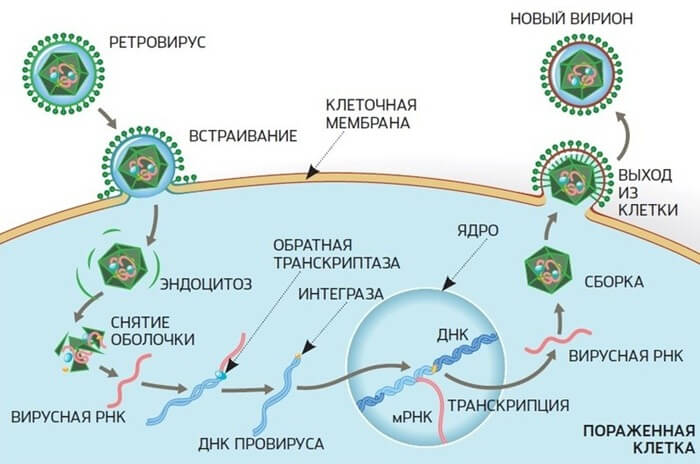
Childbirth is a complex and lengthy process. And, perhaps, some women would prefer to lay eggs quickly, like snakes or turtles, instead of long births. But alas, the so-called "endogenous retroviruses" should be thanked for the lack of this possibility.
According to some scientists, these ancient viruses appeared in our ancestors and caused a mutation in the genetic code. Because of this mutation, mammals developed the placenta and the ability to live birth, which was a real evolutionary breakthrough. With the prolongation of intrauterine development, scientists associate the most important changes that occurred in mammals about 60 million years ago. Their brain size increased and their intelligence gradually developed.
3. Gammherpesviruses cannot be poisoned
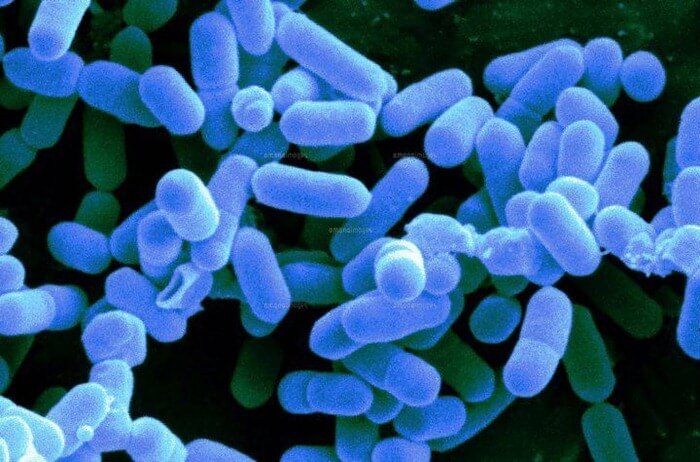
Are you familiar with the agony of food poisoning? This condition is often caused by the bacteria Listeria monocytogenes. But for every infection there is a right. And in this case, it is another infection - gamma herpesvirus of the MHV-68 type. It turned out that this infection, proceeding in a latent form, increases the resistance of the human body to Listeria monocytogenes.
This, of course, does not mean that you need to catch cold sores to get rid of the threat of food poisoning.
2. Adenoviruses can help treat cancer
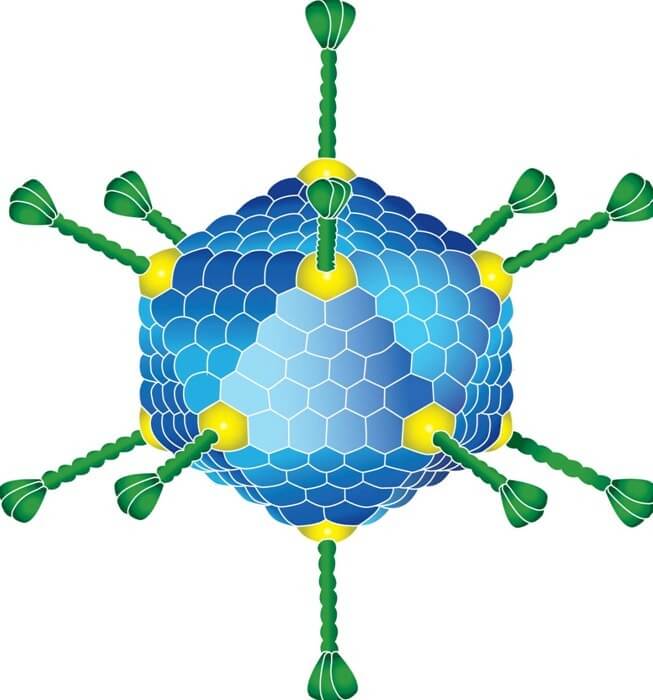
These are very common and highly contagious viruses. Fortunately, with all this, they are not too dangerous for humans. For example, they can cause colds, gastroenteritis in children and - most dangerous - pneumonia in people with weakened immune systems.
In this case, the strain of adenovirus type 52 (HAdV-52) can bind to a specific type of carbohydrate that is found in cancer cells. This feature of adenovirus requires further study, but gives hope for a more successful fight against various types of cancer in the future.
1. The virus will save from the heat

In the first place in the list of viruses useful for humanity is a microorganism that is not in the human body.But it is still necessary, only not for people, but for plants to withstand very hot temperatures.
This is a virus that infects an endophyte fungus. And that, in turn, grows on tropical millet, which does not care about the tropical heat.
Scientists were able to attach the virus to other plants, and they gained resistance to high temperatures. The researchers were able to grow tomatoes in soil that reached 60 degrees Celsius. When the virus was “withdrawn”, the plant immediately lost its heat resistance.
